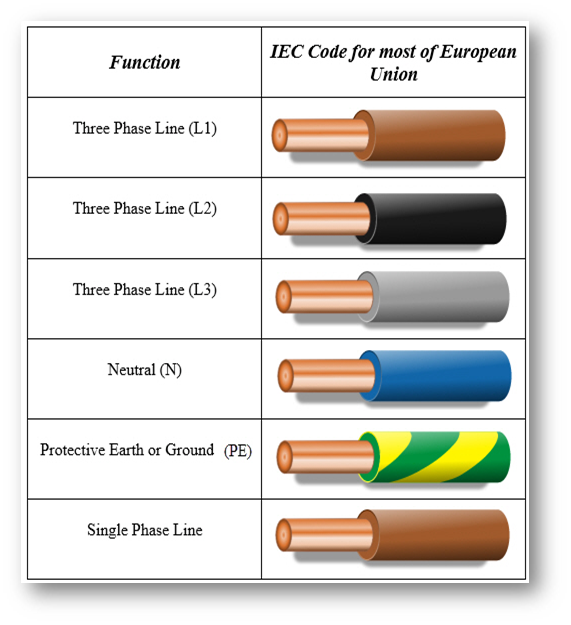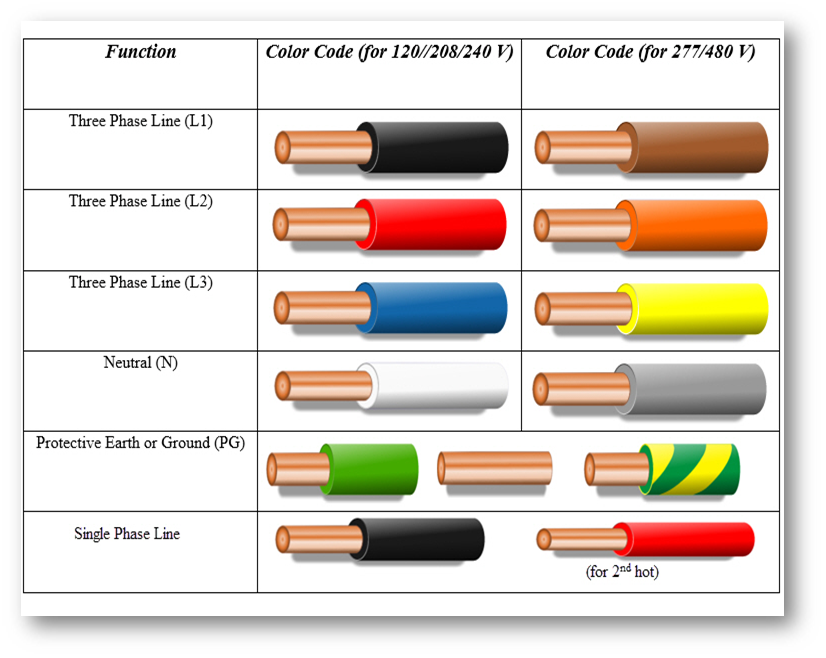During various stages of product development it is a good idea to consider best practices as early in the project as possible. There is possibly nothing more costly and embarrassing as having finished a project on time and on budget only to learn that some key part of your design is not acceptable to the safety agency. Worse, are the costs and lost time in recovering from a revelation such as this. Below is a collection of the more common problems encountered by design teams as a result of product safety certifications.
Obtain and familiarize yourself with the safety standard(s):
- Obtain an up-to-date copy of all applicable product safety standards. Especially with internationally harmonized standards you will discover parts of the world who implement these standards on different timelines. Depending on those parts of the world where you want to market your product it is best to be familiar dates when previous versions are no longer accepted.
- Read the standard with enough detail to be familiar with those parts which are applicable to your product and the markets where you are going. Itemize areas of special concern or potential test failure when presenting your product to the safety agency for evaluation.
- Apply the applicable clauses of the standard during the early stages of product design.
Component selection:
- Use components that are certified by an acceptable third party for the intended application.
- NRTL certified parts usually meet this requirement.
- Listed, CE Marked and CB-Certified components may require additional investigation.
- Always use components within their certified ratings
- Always obtain “conditions of acceptability” for critical components.
- Military ratings are usually not acceptable.
- Custom or specially fabricated components must be assessed as early as possible. For example, a custom molded connector housing may need to have the plastics evaluated by several tests which add months to your schedule (Hot Wire ignition, Ball Pressure, Flammability, etc.).
Circuit isolation and spacings:
- Be very clear about each circuit type, how it will be classified for potential hazards and its proximity to other types of circuits: Mains/Secondaries/SELV/PELV/TNV/other?
- Determine and design to required spacings (physical distances) for insulation:
- Clearance – distance through air
- Creepage – distance over surfaces
- Solid insulation – thickness of insulation, voltage strength, impulse ratings, etc.
- Understand the environmental conditions:
- Altitude – most standards use 2,000 meters are the default. Many populated areas of the world are higher than this and clearances will have to be increased accordingly.
- Pollution degree – depending on the conditions where your product will be used dirt, dust, humidity, moisture and weather can increase spacings requirements.
- What is the voltage involved when assessing spacing requirements: Is the voltage sinusoidal, direct current or a combination? Are there recurrent peaks such as those produced by a switch-mode power supply?
Plastics and printed wiring boards:
- Most plastics will require a minimum flame rating.
- Consider the plastic’s use: enclosure? insulator?
- Comparative tracking index (CTI) of a material may change spacings requirements
- Special requirements apply to use of conductive coatings
- Many of the same ratings apply to materials used in printed wiring boards
Sources of radiation:
- Lasers are covered by the U.S. Code of Federal Regulations, Title 21, Part 1040, and the Canadian Radiation Emitting Devices Act, REDR C1370. There is some international harmonization with IEC 60825-1 classifications
- Products that produce ionizing radiation are covered by the U.S. Code of Federal Regulations, Title 21, Part 1020, and the Canadian Radiation Emitting Devices Act, REDR C1370
- Products that produce UVA, UVB or UVC emissions are evaluated.
- Ultrasonic emissions require evaluation in many safety standards.
Chemical hazards:
Mechanical hazards and moving parts:
Outdoor use and immersion of products:
- For products of this type used in North America it may be necessary to apply the requirements of UL 50 (USA) and CSA C22.2 No. 94 (Canada). These standards have requirements for assessment of the plastics for UV exposure and of gaskets relied upon for ingress protection
- Other parts of the world may have additional requirements found in IEC 60529, ingress protection
Product markings and User documentation:
List all required markings.Place them on the product as intended or generate mechanical drawings showing where markings will be placed. For example:
- Manufacturer or trademark, model, country of origin
- Electrical ratings
- Safety warnings
- Installation instructions & user/operating instructions will require a thorough review.
Risk Assessment:
Many of the latest edition IEC derivative standards now require a formalized risk assessment for all potential hazards which are not covered by the safety standard. This can be leveraged by an existing DFMEA process or by other means.
Engineering Change Control:
As with the original product design, any changes to safety critical components must be approved by the safety agency
Agency audits:
- NRTLs require at least four factory surveillance audits per year
- You will receive audits at each registered factory location, including those that are outsourced
- Be prepared to show that the product being labeled remains compliant
- Production line testing demonstration may be required; this usually includes electric strength testing and earthing continuity testing
- When you get a copy of the test report, review it; this is what the inspectors use to conduct their inspections




